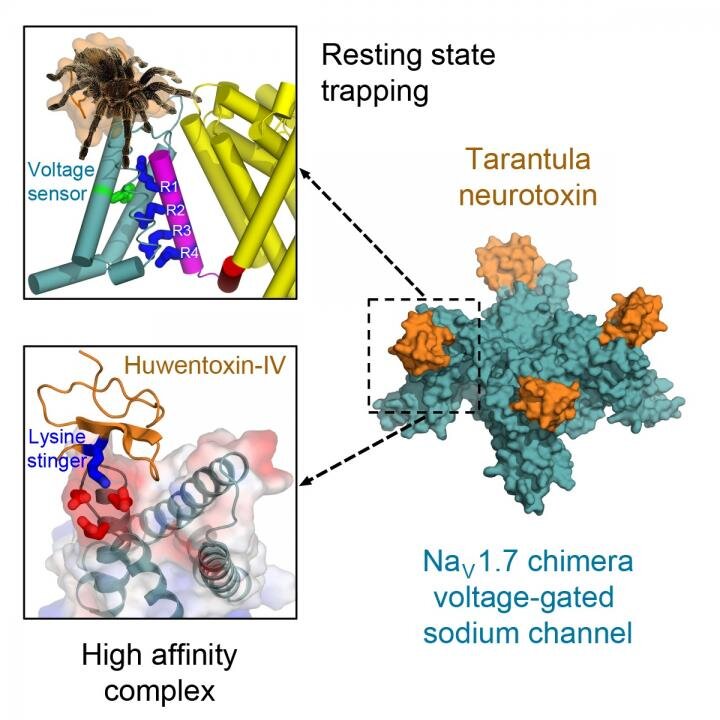Music and ‘Positive Suggestions’ Reduce Need for Opioids in Surgery Patients
/By Pat Anson, PNN Editor
Studies have shown that long term opioid use and addiction are rare in patients given opioids for pain control during and after surgery. Nevertheless, many hospitals are adopting policies that reduce or eliminate the use of opioids for postoperative pain; opting instead for non-opioid pain relievers such as acetaminophen and nonsteroidal anti-inflammatory drugs (NSAIDs).
A new placebo-controlled study suggests that relaxing music and comforting words played during surgery might also be a substitute for opioids in some patients.
Researchers at five German hospitals recruited 400 patients scheduled for elective surgery lasting 1 to 3 hours. While under general anesthesia and unconscious, half the patients listened through earphones to a tape that played soothing background music and “positive suggestions” for 20 minutes. The tape played repeatedly until surgery ended. The other patients were assigned to a blank tape and served as a control group.
Researchers found that patients in the music group had lower pain scores and required lower opioid doses – about 2.8 MME less per patient -- in the first 24 hours after surgery. Over a third (37%) did not need opioids at all, compared to 26% in the control group.
“This study found a statistically significant reduction in use of postoperative opioids in patients who received therapeutic suggestions by audiotape during surgery, which comprised background music and mindful text. Furthermore, the number of patients who requested and received opioids was significantly lower after the intervention,” researchers reported in the British Medical Journal.
“A mean saving of 2.8 MME for each patient might seem unimportant; however, in most pain studies the focus is generally on relative saving and not the absolute dose, and an opioid dose reduction of 30%, as reported here, is considered relevant.”
In addition to less pain and need for analgesics, patients in the music group also had less nausea and recovered faster from surgery.
Connected Consciousness
The study findings also suggest that – even under general anesthesia – patients can still hear and process words subconsciously. This “connected consciousness” runs against long-held beliefs that patients under anesthesia don’t have thoughts and feelings. In an editorial, one researcher called this finding “astonishing.”
“Usually there is no reaction to auditory or other stimuli, including surgery, expected or observed in patients under general anaesthesia,” wrote corresponding author Ernil Hansen, MD, a professor of Anesthesiology at the University Hospital of Regensburg, Germany.
“This knowledge and appreciation of intraoperative perception should lead us to more thoughtful behaviour in the operating theatre, for example, what noise levels or potentially unnecessary conversations are we exposing patients to, and to consider a wide use of therapeutic communication as a feasible, non-drug support of medical interventions and an integral part of therapy and care.”
This isn’t the first study to find that music can be a useful tool to reduce pain and anxiety.
Mozart’s “Sonata for Two Pianos” has been found to be helpful in treating patients with epilepsy. And a 2006 study found that listening to music for an hour each day helped reduce pain, depression and disability in patients with chronic non-cancer pain.























